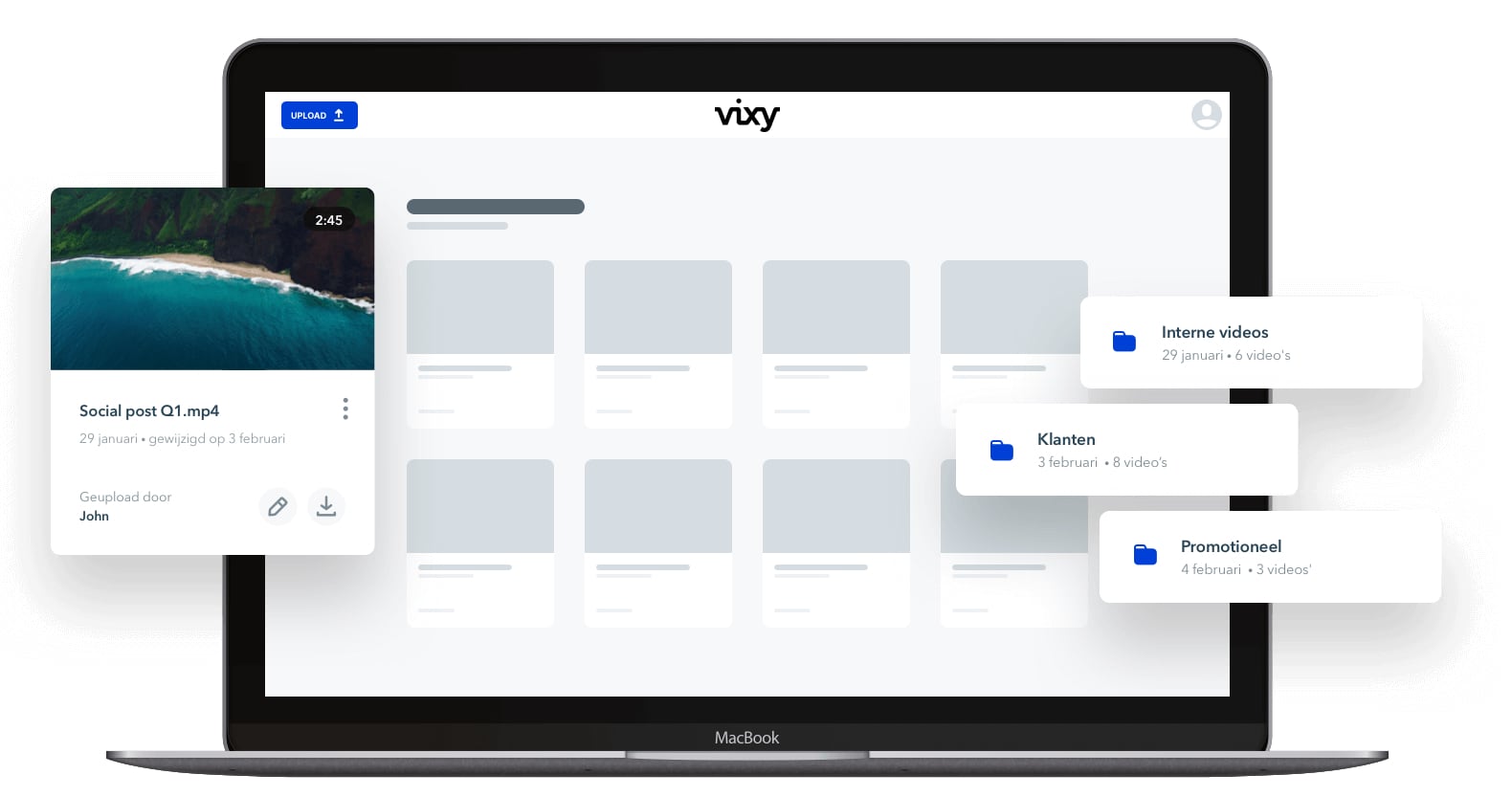Video Hosting: choose a reliable and flexible platform..

Digital Rights Management (DRM) is an anti-piracy technology that helps publishers and digital copyright owners to set all kinds of restrictions to their digital assets, allowing them to retain ownership and control of their work.
So how does DRM management works? Publishers, authors, and other content creators use an application that encrypts video, data, e-book, content, software, or any other copyrighted material. Only those with the decryption keys can access the material. They can also use tools to limit or restrict what users are able to do with their materials.
In video if you plan to distribute premium content from the major U.S. studios, you’ll need to encrypt that content, which typically means that you’ll have to deploy one or more digital rights management (DRM) technologies. In essence, there are four components to DRM; digital rights to manage, encryption, license management, and a DRM-enabled client.
DRM technologies use encryption to protect the content prior to or during streaming, downloading or other transfer. The final element of DRM is a DRM-capable player that can communicate with the DRM platform and enforce all software- and hardware-related playback restrictions.
The main streaming-related DRM providers are:
The Widevine Modular system is broadly supported today in Chrome web browsers and Android devices. Widevine Modular can be deployed on the web with MPEG-DASH with CENC, using the same renditions, encrypted with the same AES-128 in CTR mode, or CBC mode, and packaged in the same fragmented MP4 containers as Microsoft PlayReady, making them broadly compatible.
Microsoft’s PlayReady DRM is one of the most widely implemented DRM technologies, supporting MPEG-DASH with AES-128 in CTR mode and Microsoft Smooth Streaming to web environments and many Smart TVs and web-enabled connected devices.
FairPlay is only supported in Apple products, requires a direct relationship with Apple as a registered developer, and can only be used for streaming HLS video. FairPlay uses the AES-128 encryption algorithm in CBC mode, either in MPEG2 Transport Stream, or more recently, fragmented MP4 containers.
If you want to achieve maximum device reach it’s impossible to use just one DRM. You need to use multiple DRM’s in parallel. The DRM-matrix below will give you more insight in what kind of DRM is needed per device and platform.
Want to learn more about Digital Rights management? Read our blog: Why DRM? 5 things you always wondered about Digital Rights Management



